Lincoln Navigator Review
So there we were, barreling down the highway in a Lincoln Navigator. The music on the DVD suddenly swelled, filling the cavernous SUV with orchestral thunder. The kids were watching The Pirates of the Caribbean; the bit where Captain Jack Sparrow enters the harbor on a sinking skiff. Although the scene is played for laughs, the music is magnificent: grand yet lyrical, suffused with romance and adventure. Grasping the big Lincoln's wood and leather helm, I felt like the captain of a huge vessel heading for the open sea. At that moment, the SUV's enormous size and endless creature comforts made perfect sense. I was piloting a first-class ship of the line: safe, fast and well-provisioned. The only cloud on the horizon was…
The Sierra Club. SUVs may own the road, but Gaia's guys and their media minions have captured the moral high ground. Where unlimited consumerism was once considered a good thing, Americans are now instructed that their family truck triggers global warming, kills Bambi and endangers US troops. Never mind that many anti-SUV crusaders live in air-conditioned mansions with heated pools. SUVs are bad. The bigger they are, the badder they be.
If that's the case, the Navigator is b-b-b-bad to the bone. It's huge (5947lbs in 4WD trim) and thirsty (13mpg in the EPA's urban cycle, less in the real world). The Lincoln Navigator is full size in the same sense that videogame vixen Lara Croft is full figured. You wouldn't know it to look at it; the SUV's designers have worked hard to hide the heft. They've divided the Navigator's prow into two horizontal halves, each with its own set of headlights. Amidships, they've run a chrome strip underneath the first two windows (but not the third), carved a visual chunk out the lower extremities and fitted perfectly proportioned, black-on-black tires. The aft is featureless. Taken as a whole, the clever cladding makes the Navigator seem tall, rather than large.
Any doubts about the size of this beast are dispelled the moment you open the door. Provided you stump-up for the "Ultimate" options package (and why wouldn't you?), a gangway whirrs into place below the portal. The Navi's slide-out running board is surprisingly useful for both small children and fitness-challenged Baby Boomers. As is the key fob controlled power tailgate. We may be a nation of carb counters, but American luxury still means never having to physically exert yourself.
It also means never having to say "Your BMW has what?" These days, all luxury cars have all the toys. Lincoln's gussied-up Ford Expedition is no exception. The test truck came complete with sat nav, sat radio, wheel-mounted stereo controls, cruise control, heated and cooled power seats, dual zone climate control, kicking stereo, DVD, automatic headlights, rear power points, park assist, garage opener, autobox with finger buttons, trip computer, tire pressure monitor, etc. Industry insiders call this trend towards taken-for-granted gizmology "feature creep". We call it fun.
But the Navigator's biggest selling point is the final frontier. The $50k truck has enough space for seven adults in a leather-clad two – two – three configuration. Thanks to its newly acquired independent rear suspension, the Navi's back row offers proper chairs– unlike the kiddy shelves found in most seven-seat SUVs. Equally important, Lincoln has replaced the old model's coil springs and torsion bars with air springs. So there's no more back of the bus bouncing, with the attendant risk of roadside "relief".
Lincoln's big rig also received the benefits of an engine upgrade. Specifically, Ford's power brokers liberated an extra 20ft.-lbs. of torque from the 5.4-liter 300hp DOHC V8. With 355ft.-lbs. of twist on tap, the Navigator can now steam to 60mph in 9.3 seconds– despite adding 460lbs. In real world terms, the truck jumps off the line like a gigantic muscle car, then, thankfully, spreads its shove equally throughout the rev range. New brake calipers and larger rotors add to the user-friendly dynamics by supplying some serious (if wooden feeling) stopping power. In short, it's a truck your mother could drive.
Cornering? Let's not go there— at least not at anything more than a jogging pace. The Navigator's understeer-biased chassis and air suspension help keep the truck from embarrassing itself around the bends, but press-on drivers will quickly realize that the little tippy-over icon on the driver's visor ain't just decoration.
The worst thing about the Lincoln Navigator is its size. It's just not big enough. If you ferry seven people, there's only enough room for one lucky passenger's luggage. If you carry five or six kids, or one baby, well, forget it. This beast needs to be at least four feet longer. Extreme environmentalists might react to an even larger Navigator by firebombing dealerships, but, as Captain Spratt might say, "If you're going through Hell, keep going."
More by Robert Farago
Latest Car Reviews
Read moreLatest Product Reviews
Read moreRecent Comments
- Theflyersfan OK, I'm going to stretch the words "positive change" to the breaking point here, but there might be some positive change going on with the beaver grille here. This picture was at Car and Driver. You'll notice that the grille now dives into a larger lower air intake instead of really standing out in a sea of plastic. In darker colors like this blue, it somewhat conceals the absolute obscene amount of real estate this unneeded monstrosity of a failed styling attempt takes up. The Euro front plate might be hiding some sins as well. You be the judge.
- Theflyersfan I know given the body style they'll sell dozens, but for those of us who grew up wanting a nice Prelude Si with 4WS but our student budgets said no way, it'd be interesting to see if Honda can persuade GenX-ers to open their wallets for one. Civic Type-R powertrain in a coupe body style? Mild hybrid if they have to? The holy grail will still be if Honda gives the ultimate middle finger towards all things EV and hybrid, hides a few engineers in the basement away from spy cameras and leaks, comes up with a limited run of 9,000 rpm engines and gives us the last gasp of the S2000 once again. A send off to remind us of when once they screamed before everything sounds like a whirring appliance.
- Jeff Nice concept car. One can only dream.
- Funky D The problem is not exclusively the cost of the vehicle. The problem is that there are too few use cases for BEVs that couldn't be done by a plug-in hybrid, with the latter having the ability to do long-range trips without requiring lengthy recharging and being better able to function in really cold climates.In our particular case, a plug-in hybrid would run in all electric mode for the vast majority of the miles we would drive on a regular basis. It would also charge faster and the battery replacement should be less expensive than its BEV counterpart.So the answer for me is a polite, but firm NO.
- 3SpeedAutomatic 2012 Ford Escape V6 FWD at 147k miles:Just went thru a heavy maintenance cycle: full brake job with rotors and drums, replace top & bottom radiator hoses, radiator flush, transmission flush, replace valve cover gaskets (still leaks oil, but not as bad as before), & fan belt. Also, #4 fuel injector locked up. About $4.5k spread over 19 months. Sole means of transportation, so don't mind spending the money for reliability. Was going to replace prior to the above maintenance cycle, but COVID screwed up the market ( $4k markup over sticker including $400 for nitrogen in the tires), so bit the bullet. Now serious about replacing, but waiting for used and/or new car prices to fall a bit more. Have my eye on a particular SUV. Last I checked, had a $2.5k discount with great interest rate (better than my CU) for financing. Will keep on driving Escape as long as A/C works. 🚗🚗🚗



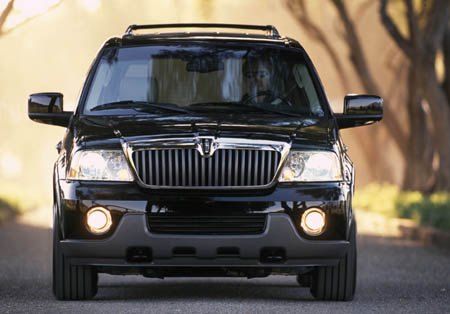


















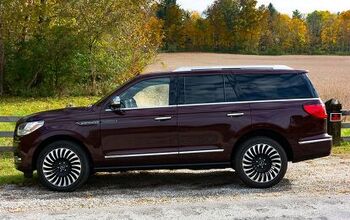
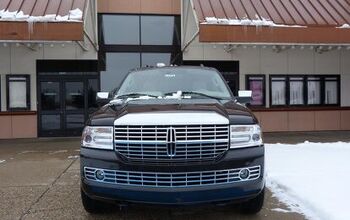
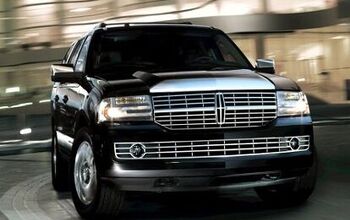
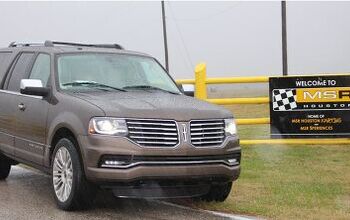











Comments
Join the conversation